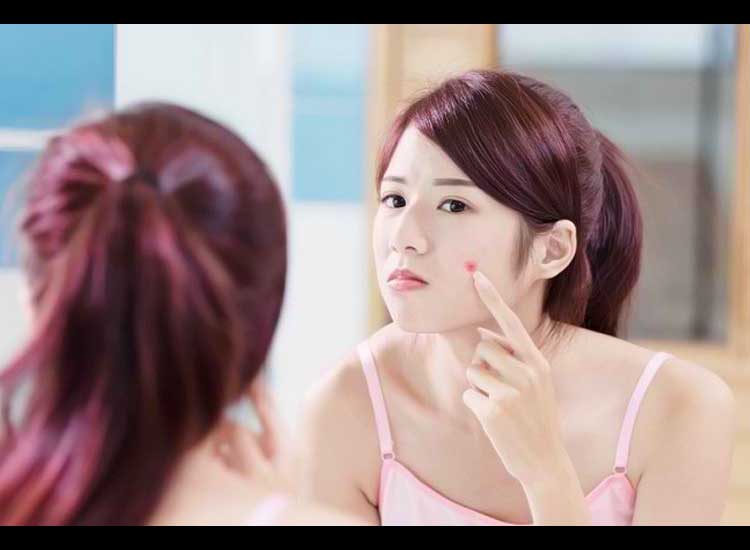These are the characteristics of acne stones and effective ways to prevent them – Stone acne is generally characterized by a large lump filled with pus, which at first glance looks like a boil. This acne is often painful and causes scars on the skin. Know the characteristics of stone acne and find out how to prevent it.
Acne can appear due to bacteria, oil, or dead skin cells stuck in the pores of the face. When bacteria infect an area that is far below the surface of the skin, this is what is called stone acne.
Acne stones are usually prone to be experienced by owners of oily skin , teenagers, women, and adults with imbalanced hormones.
Characteristics and Causes of Acne Stones
Stone acne is easy to recognize because of its relatively larger size compared to acne in general. In addition, there are several other characteristics of stone acne that you can easily recognize, such as:
- There is a large white lump
- Redness appears on the bump
- Lump filled with pus
- It hurts when touched
Acne not only appears on the face, but also on the chest, neck, back, arms, shoulders, and behind the ears . If the pimples break, the bacterial infection can spread and cause more pimples.
The cause of stone acne is still not known for sure. However, androgen hormones are known to affect the growth of acne, especially during adolescence, when the level of androgen hormones in the body increases.
These hormones cause changes in the skin that result in clogged pores, resulting in acne.
In addition, there are several conditions that can trigger the appearance of stone acne, among others:
- Pregnancy
- Menstrual cycle
- Menopause
- Polycystic ovary syndrome (PCOS)
The use of certain medicines and beauty products, an increase in testosterone hormones in the body, the consumption of spicy and sweet foods, and hereditary factors are also believed to trigger the appearance of stone acne.
Treatment Steps to Get Rid of Acne Stones
Acne stones are often stubborn and difficult to remove. This is because stone acne usually cannot be completely cured just by using over-the-counter acne medicine.
After the examination, the doctor will provide treatment and care to control acne, prevent skin damage, and disguise acne scars .
There are several types of treatment and care that are generally used to overcome stone acne , among others:
- Administration of topical medications, such as retinoids , antibiotics, dapsone , and salicylic acid
- Administration of oral medications, such as antibiotics, combination contraceptive pills, and isotretinoin
- Therapy, such as light therapy, chemical peeling , blackhead extraction, and corticosteroid injections
However, it should be remembered that the administration of stone acne medicine and therapy to overcome stone acne must be in accordance with the doctor’s prescription. Therefore, consult a doctor first to get the right treatment according to your skin condition.
How to Prevent Acne Stones
Keeping the skin clean and healthy is the best way to prevent the appearance of stone acne. In addition, there are several other ways you can do to prevent stone acne, namely:
- Cleanse the body at least 2 times a day, especially after sweating.
- Avoid scrubbing the skin too hard when cleaning it.
- Use a mild cleansing soap and warm water to clean the skin.
- Avoid excessive use of cosmetics.
- Choose cosmetics labeled oil-free or noncomedogenic.
- Clean off the rest of the make-up before going to bed.
- Avoid squeezing acne because it can cause acne scars.
- Wash your hair regularly to prevent the transfer of bacteria from the hair to the skin.
- Use sunscreen every day to prevent the harmful effects of sunlight on the skin.
In addition, you can also prevent stone acne by avoiding foods that contain a high glycemic index , exercising regularly, and managing stress well.
However, if some of the above methods are not effective in preventing the appearance of stone acne, it is best to check with a doctor to get the right treatment.

Leave a Reply